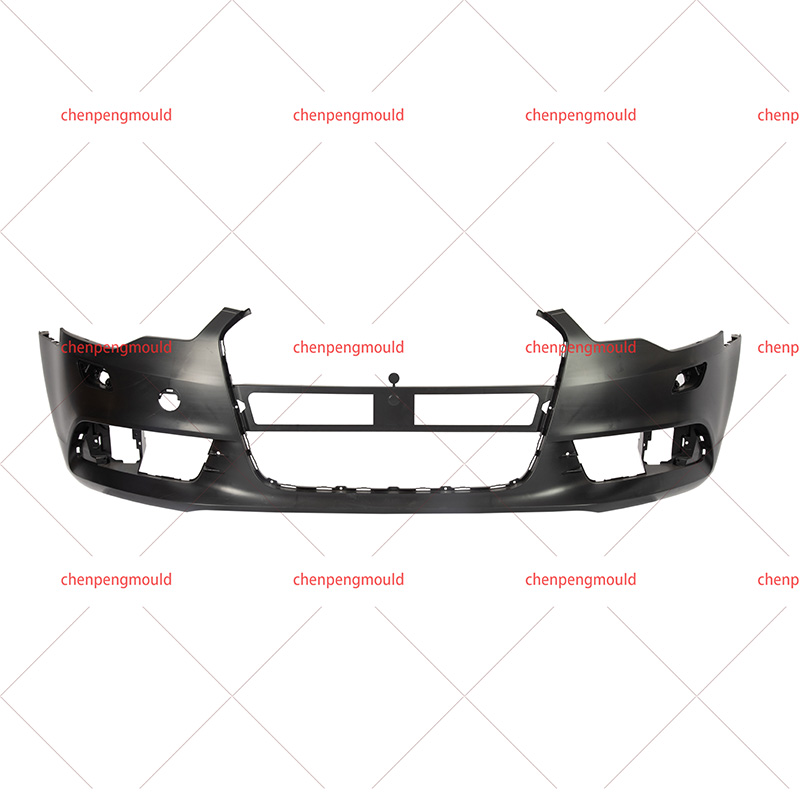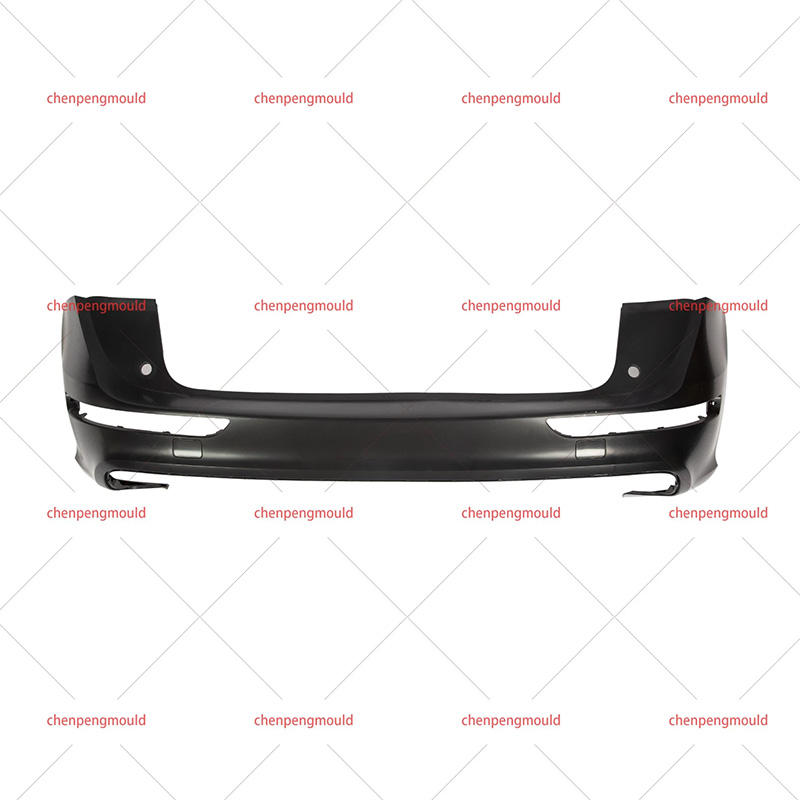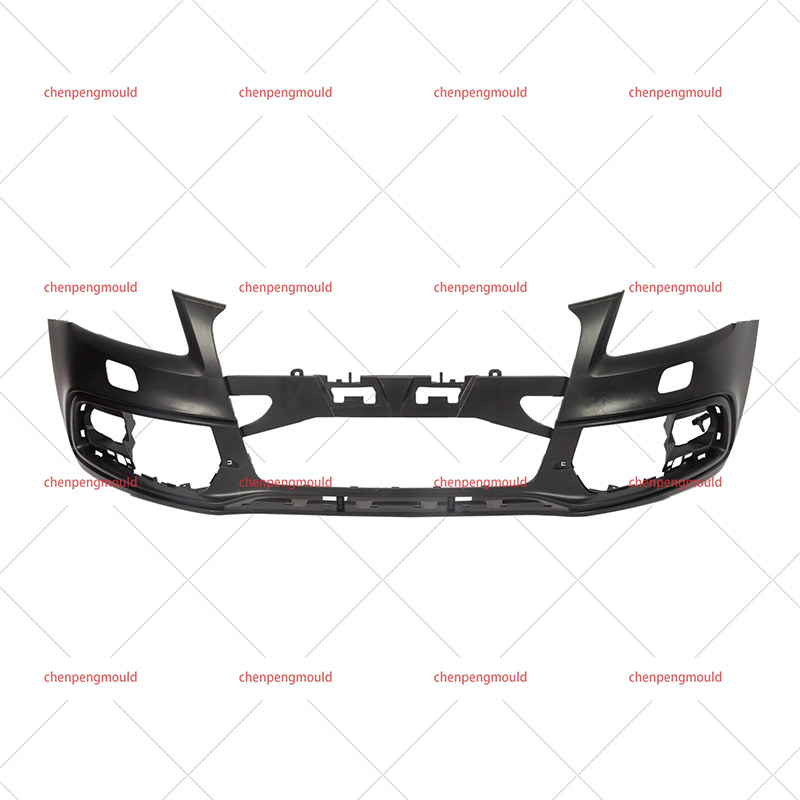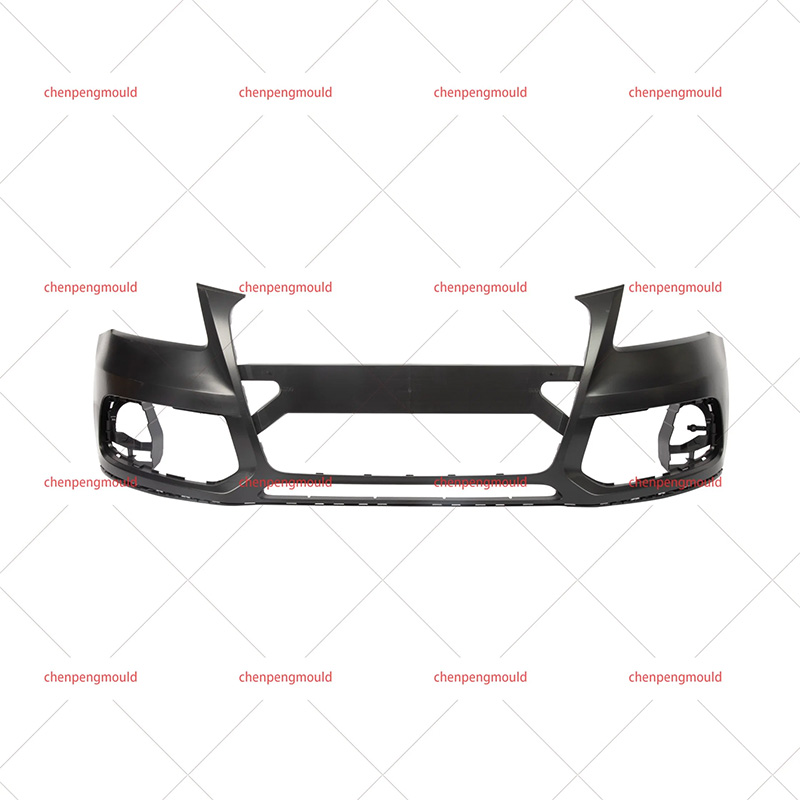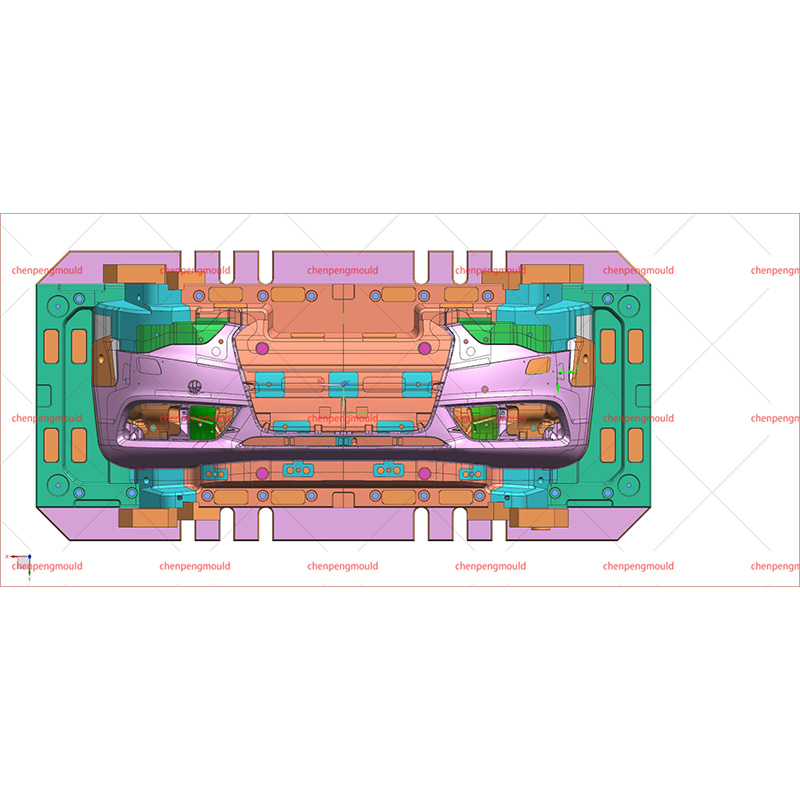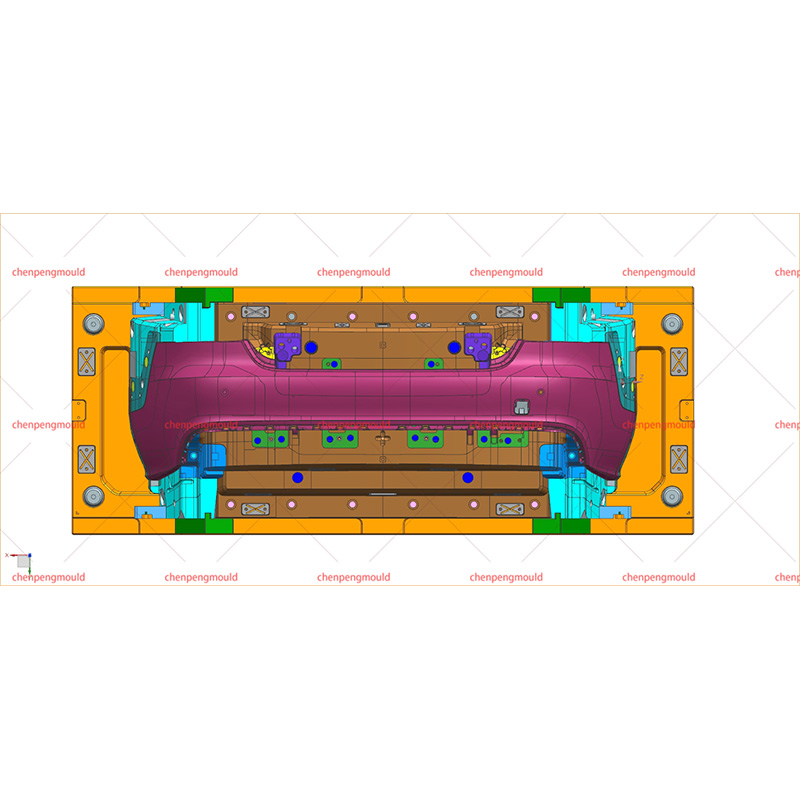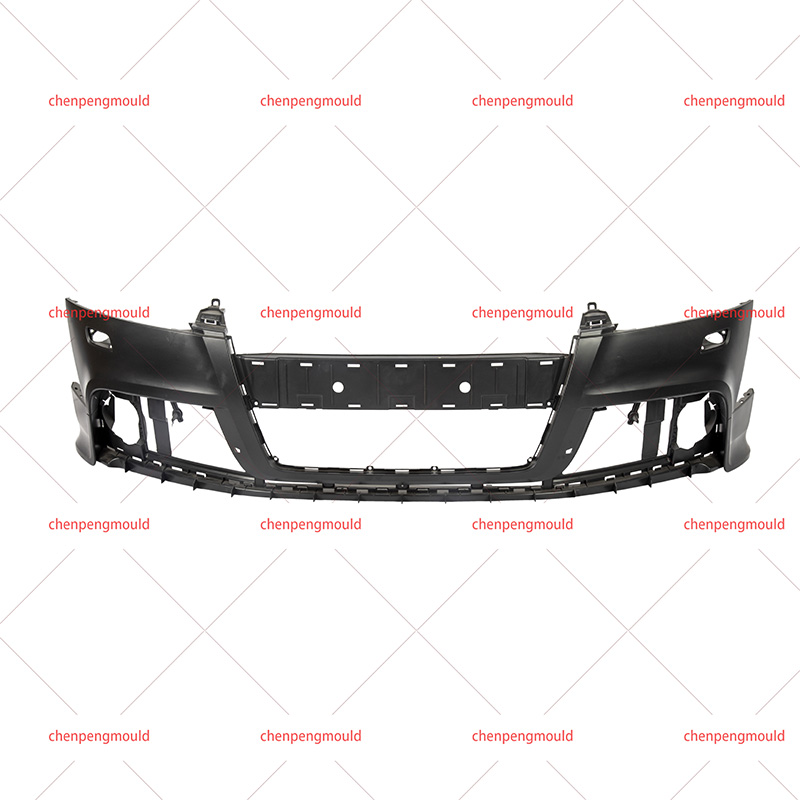Car bumper molding refers to the trim or protective covering attached to the vehicle's bumper. It is typically made of rubber, plastic, or foam and serves multiple purposes, from protecting the bumper and vehicle body from damage to enhancing the overall appearance of the car. Bumper molding comes in different shapes, sizes, and colors, depending on the car's design and the intended function of the bumper.
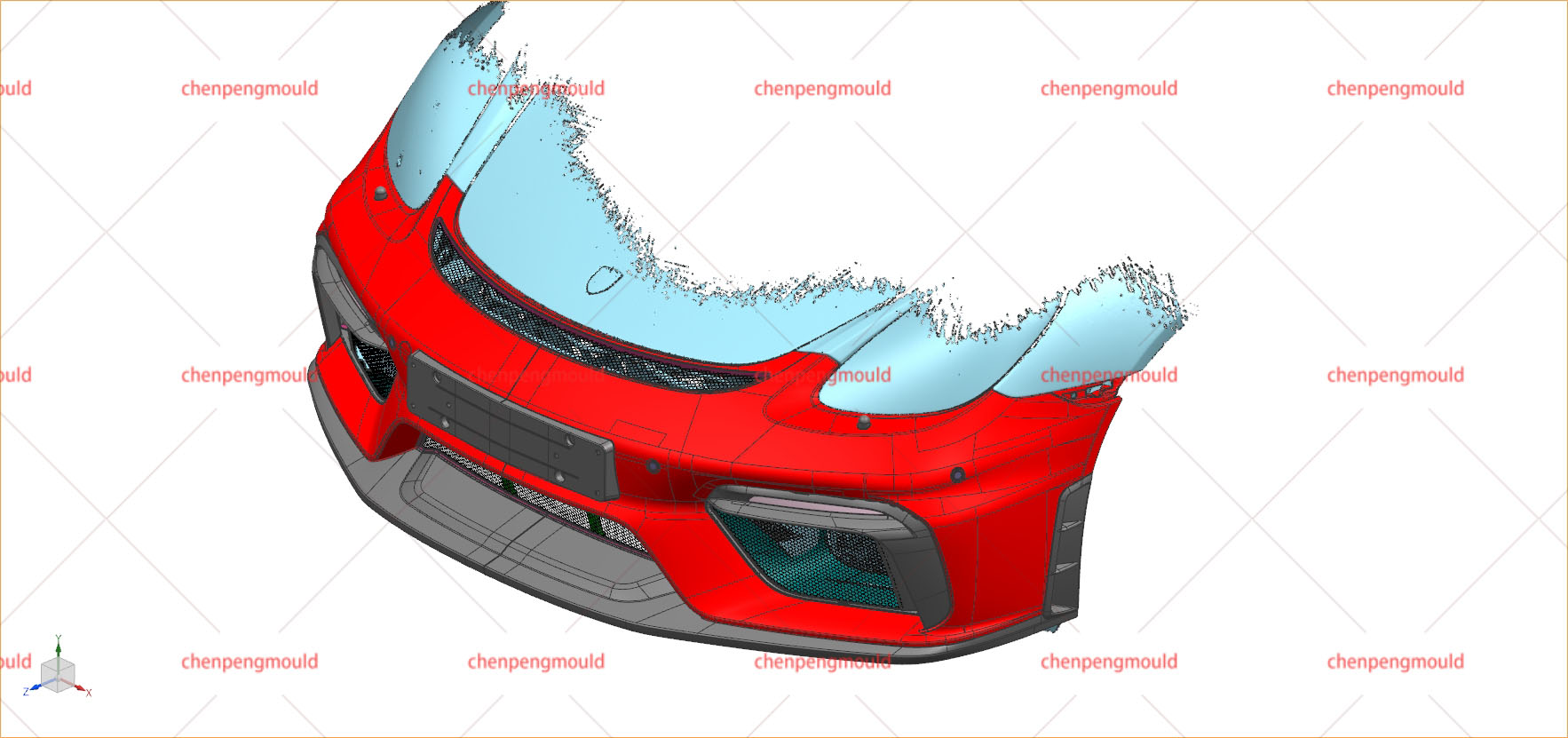
Bumper molding can either be a functional component or a decorative one, often blending both roles. Whether for passenger cars, trucks, or SUVs, the bumper molding can be custom-designed to match the car's overall aesthetic, offering a clean, sleek appearance while providing protection against impacts, debris, and weathering.
Key Features of Car Bumper Molding
Car bumper molding serves a variety of purposes, making it a crucial part of vehicle design. Here are the key features that make bumper molding an essential component in modern cars:
1. Impact Absorption and Protection
One of the primary functions of car bumper molding is to absorb and dissipate the impact energy during a minor collision or bump. The material used for molding, such as rubber, plastic, or foam, is designed to deform upon impact, reducing the force transferred to the car’s body and other critical components. This feature enhances the vehicle's safety by the damage to the bumper and its surroundings during low-speed collisions, which are common in urban and crowded environments.
Benefits:
Absorbs impact energy in case of minor collisions.
Reduces damage to the vehicle's body and structure.
Enhances occupant safety by decreasing force transfer.
2. Aesthetic Design and Customization
Bumper molding also plays a significant role in the vehicle’s aesthetics. Manufacturers often offer customized molding options that can be matched to the car's design, whether through color, texture, or shape. Custom molding options are particularly popular in premium or luxury cars, where the overall appearance is essential. This feature allows manufacturers and consumers to personalize the vehicle and ensure that the bumper molding complements the car’s overall look.
Benefits:
Customizable to match the vehicle’s design.
Enhances the car's visual appeal.
Provides a polished, finished appearance to the bumper area.
3. Durability and Resistance to Wear and Tear
The materials used for bumper molding are chosen for their durability and resistance to environmental factors such as UV rays, rain, and road salt. This ensures that the molding will last for an extended period without fading, cracking, or becoming brittle. High-quality bumper moldings are often treated with UV-resistant coatings and additional chemical treatments to withstand harsh weather conditions and maintain their appearance and functionality over time.
Benefits:
Resists fading, cracking, and wear from environmental exposure.
Ensures longevity and sustained performance.
Ideal for vehicles exposed to various weather conditions.
4. Lightweight and Cost-Effective
Car bumper moldings are designed to be lightweight while still offering protection. This helps to maintain the vehicle's fuel efficiency without compromising safety. Additionally, bumper molding is cost-effective to manufacture and replace compared to other structural components, making it an attractive option for both consumers and manufacturers. The materials used are generally affordable, which helps in keeping the production costs low, especially in mass-produced vehicles.
Benefits:
Lightweight and does not add significant weight to the vehicle.
Cost-effective to produce and replace.
Contributes to overall vehicle performance and fuel efficiency.
5. Easy to Install and Maintain
Another important feature of bumper molding is its ease of installation. The molding can be attached to the bumper using simple methods such as adhesive bonding, clips, or screws. This makes replacement or repair relatively straightforward, reducing labor costs and downtime during maintenance. Moreover, bumper moldings are often low-maintenance, requiring little care to maintain their appearance and functionality.
Benefits:
Simple installation process for both manufacturers and repair shops.
Low maintenance requirements.
Easy to replace or repair when damaged.
Industrial Applications of Car Bumper Molding
Car bumper molding is widely used in the automotive industry, and its applications extend beyond just passenger vehicles. The diverse range of uses for bumper molding makes it a versatile component in various vehicle types. Below are some common industrial applications of car bumper molding:
1. Passenger Vehicles
In passenger vehicles, car bumper molding is primarily used for aesthetic and protective purposes. It serves to safeguard the car’s bumper against scratches, dents, and other forms of damage caused by minor collisions or contact with other objects, such as shopping carts or other vehicles. The molding also enhances the vehicle’s appearance, giving it a sleek, finished look.
Applications:
Protection against low-speed impacts and debris.
Decorative trim for a polished, finished look.
Customizable options for luxury or high-end vehicles.
2. Commercial and Fleet Vehicles
In commercial vehicles, such as delivery vans, trucks, and fleet vehicles, bumper molding is often used to protect the vehicle during loading and unloading activities. These vehicles are frequently exposed to rough handling, and bumper molding helps to minimize the impact of contact with loading docks or other equipment. The durable nature of the molding ensures that the vehicle can withstand these operations without incurring significant damage.
Applications:
Protection against daily wear and tear from loading and unloading.
Helps in maintaining the aesthetic appeal of fleet vehicles.
Increases the longevity of commercial vehicles by reducing bumper damage.
3. SUVs and Off-Road Vehicles
Off-road vehicles and SUVs, which are designed to endure tougher terrains, often feature car bumper molding for added protection against obstacles, rocks, and debris. The molding helps to absorb impacts from rough terrain and reduce the damage to the bumper and bodywork, which is crucial for off-road enthusiasts. Additionally, the rugged appearance of the molding complements the vehicle’s design and adds to its durability in harsh conditions.
Applications:
Enhanced protection for off-road driving.
Adds to the rugged aesthetic of SUVs and off-road vehicles.
Protects the bumper from debris and obstacles during off-road adventures.
4. Electric and Hybrid Vehicles
As the demand for electric and hybrid vehicles continues to rise, bumper molding is playing an increasingly important role in enhancing the design and functionality of these cars. The lightweight nature of bumper molding helps maintain the efficiency of electric and hybrid vehicles, while its durability and resistance to wear and tear ensure that the vehicle can perform over time. The molding can also be customized to meet the specific design needs of electric and hybrid vehicle models.
Applications:
Lightweight material that contributes to energy efficiency.
Enhances the design and aesthetics of electric vehicles.
Protects against everyday damage while maintaining vehicle integrity.
5. Motorcycles and Recreational Vehicles (RVs)
Car bumper molding isn’t limited to four-wheeled vehicles. In the case of motorcycles and recreational vehicles (RVs), molding is used for similar protective and decorative purposes. Motorcycle bumpers and RVs can be subjected to impact from road debris or parking lot accidents, and the molding helps absorb these impacts while preserving the vehicle's appearance and structural integrity.
Applications:
Motorcycle bumper protection from road debris.
RV bumper molding for added protection during travel.
Aesthetic enhancement for motorcycles and recreational vehicles.

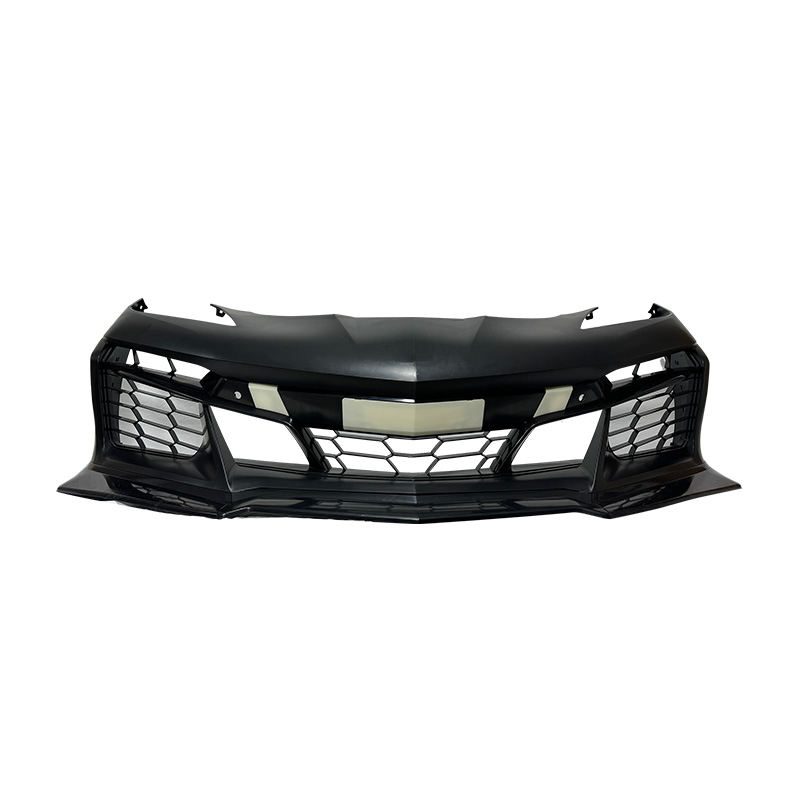
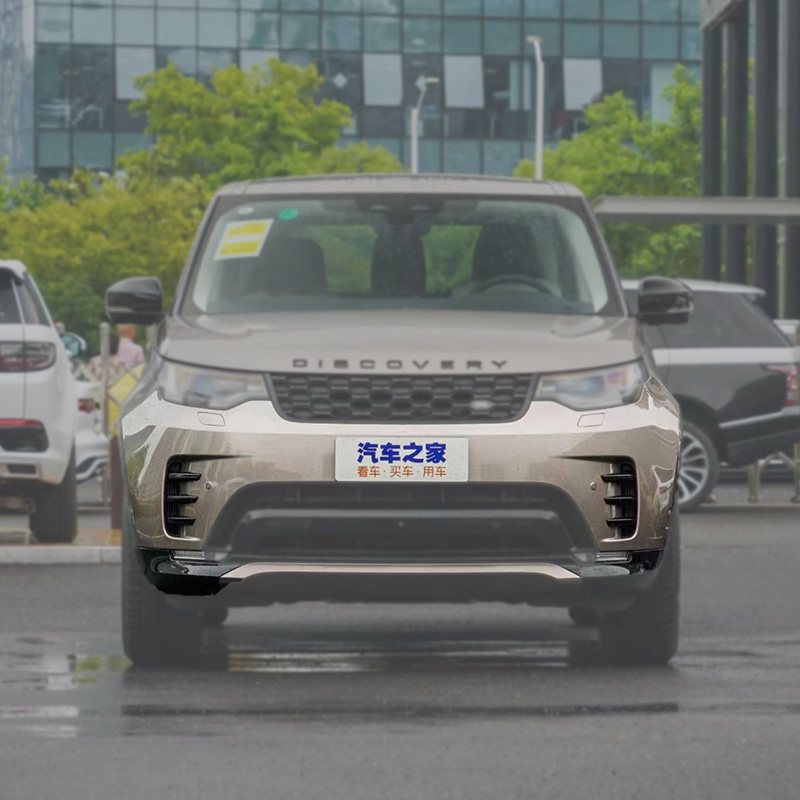

 +86-18357617666
+86-18357617666
